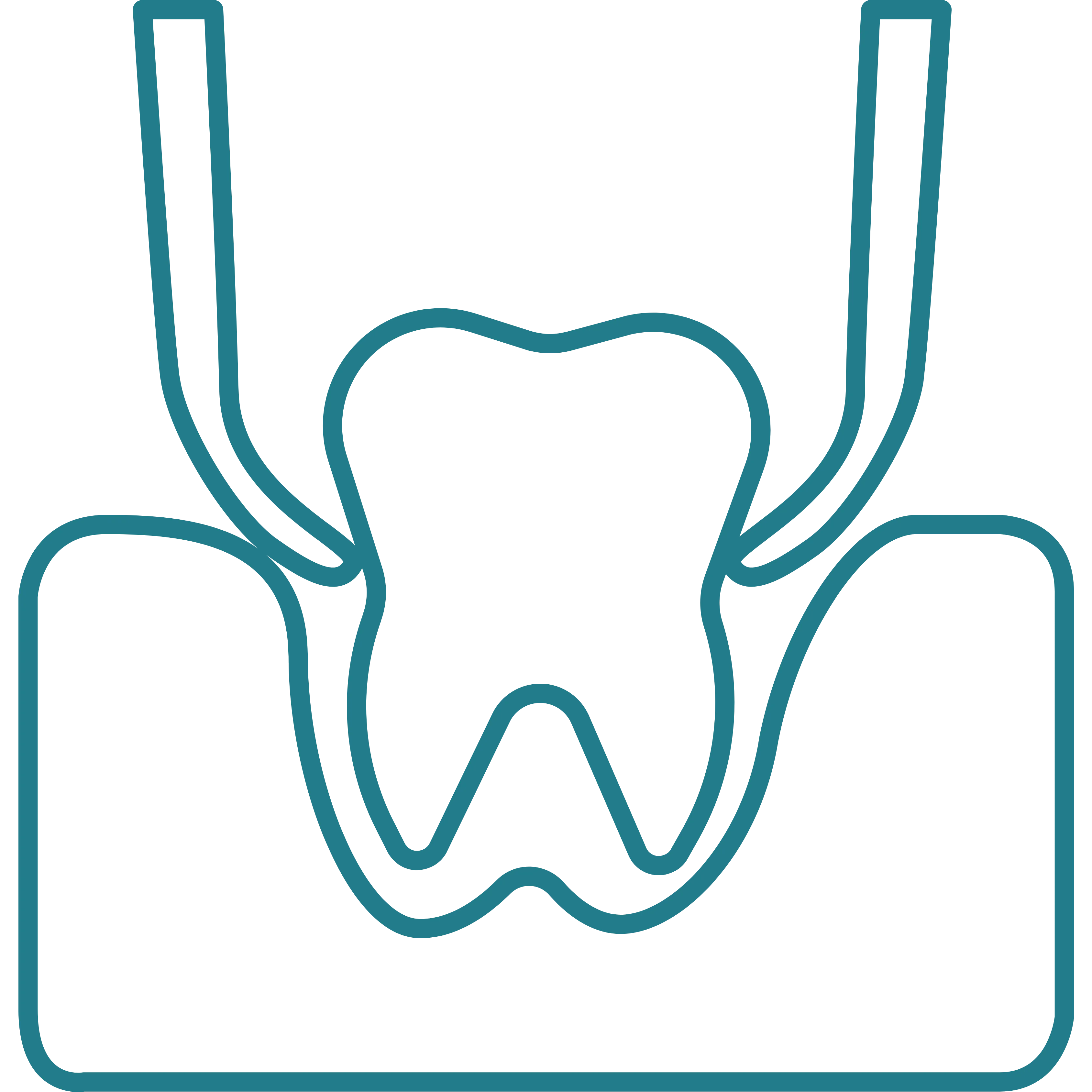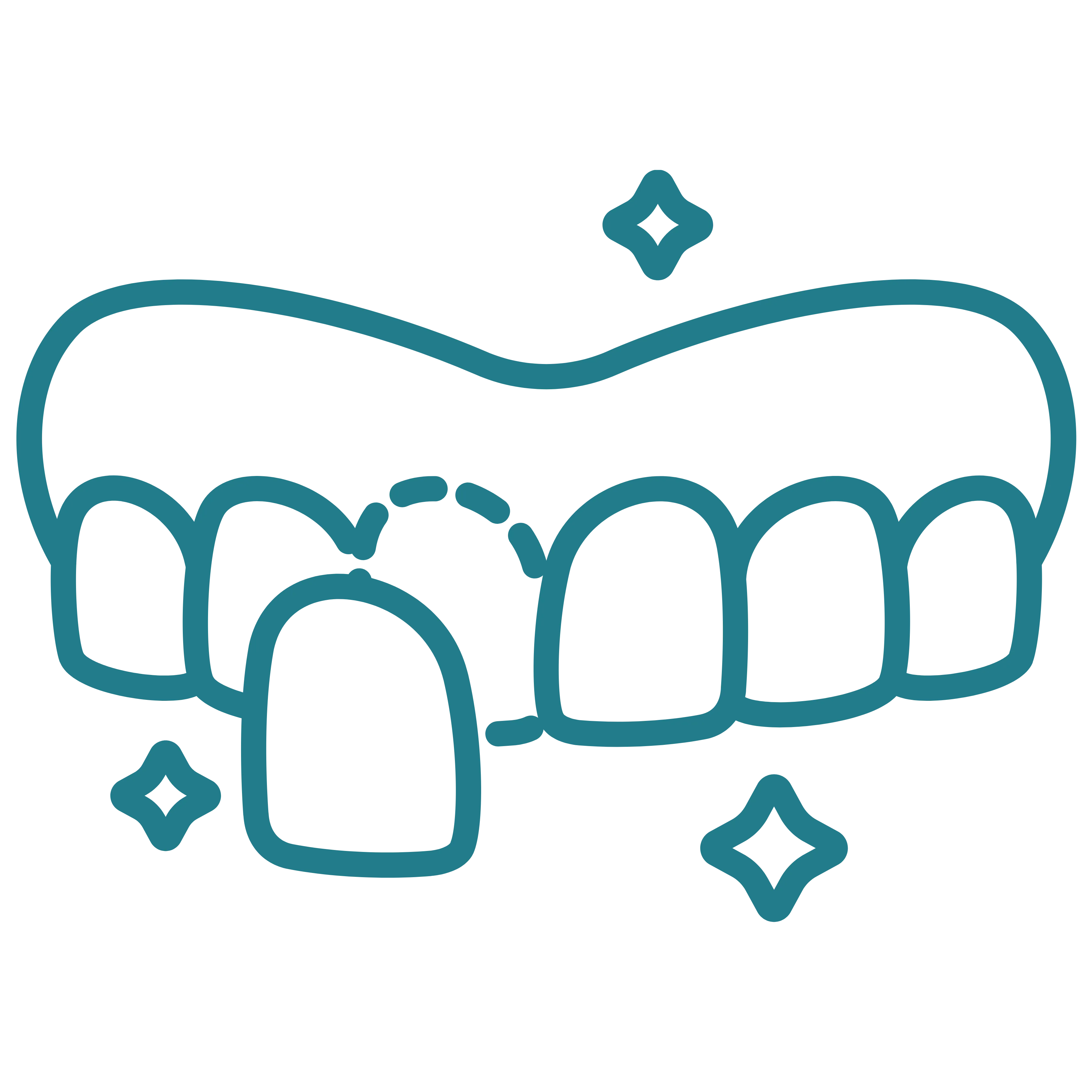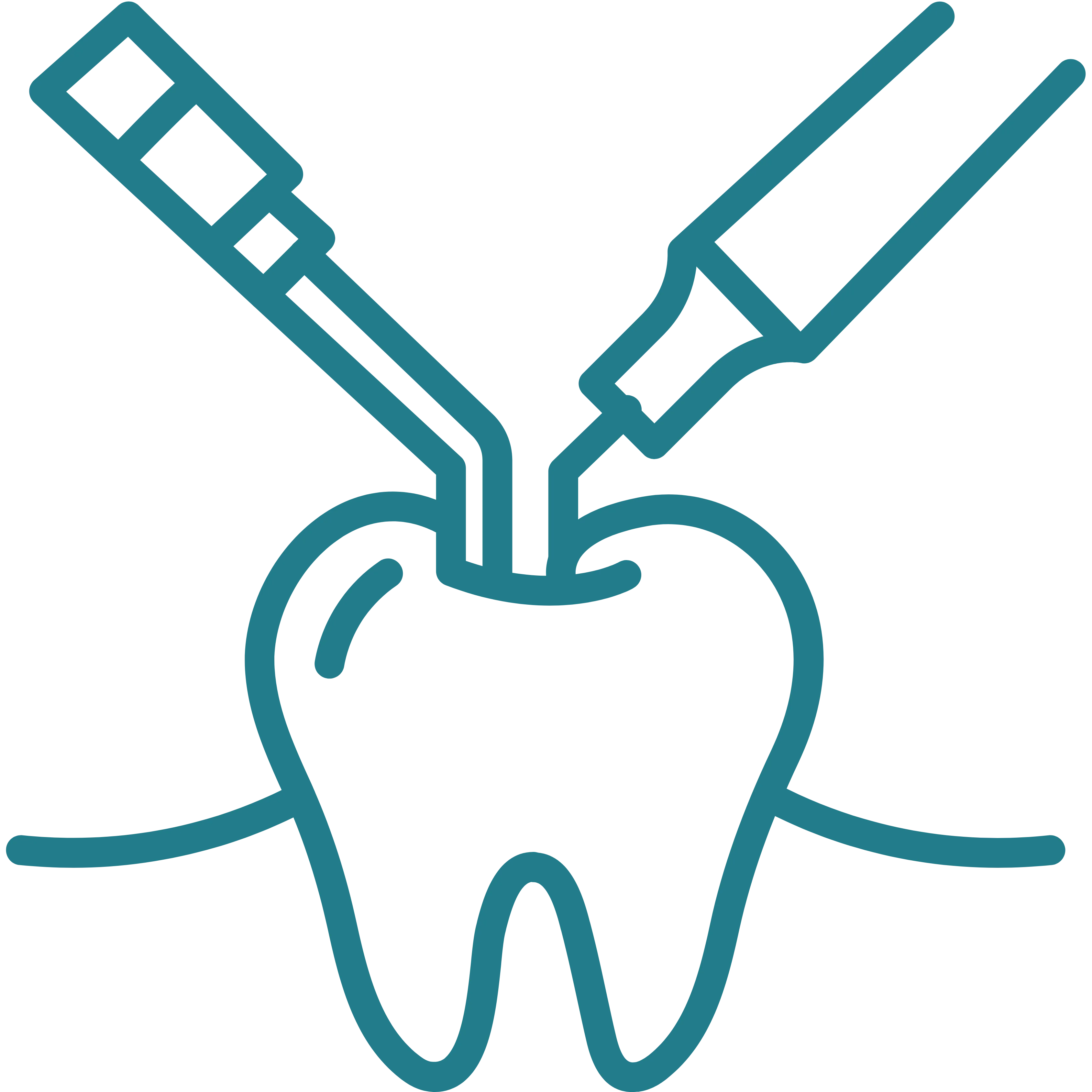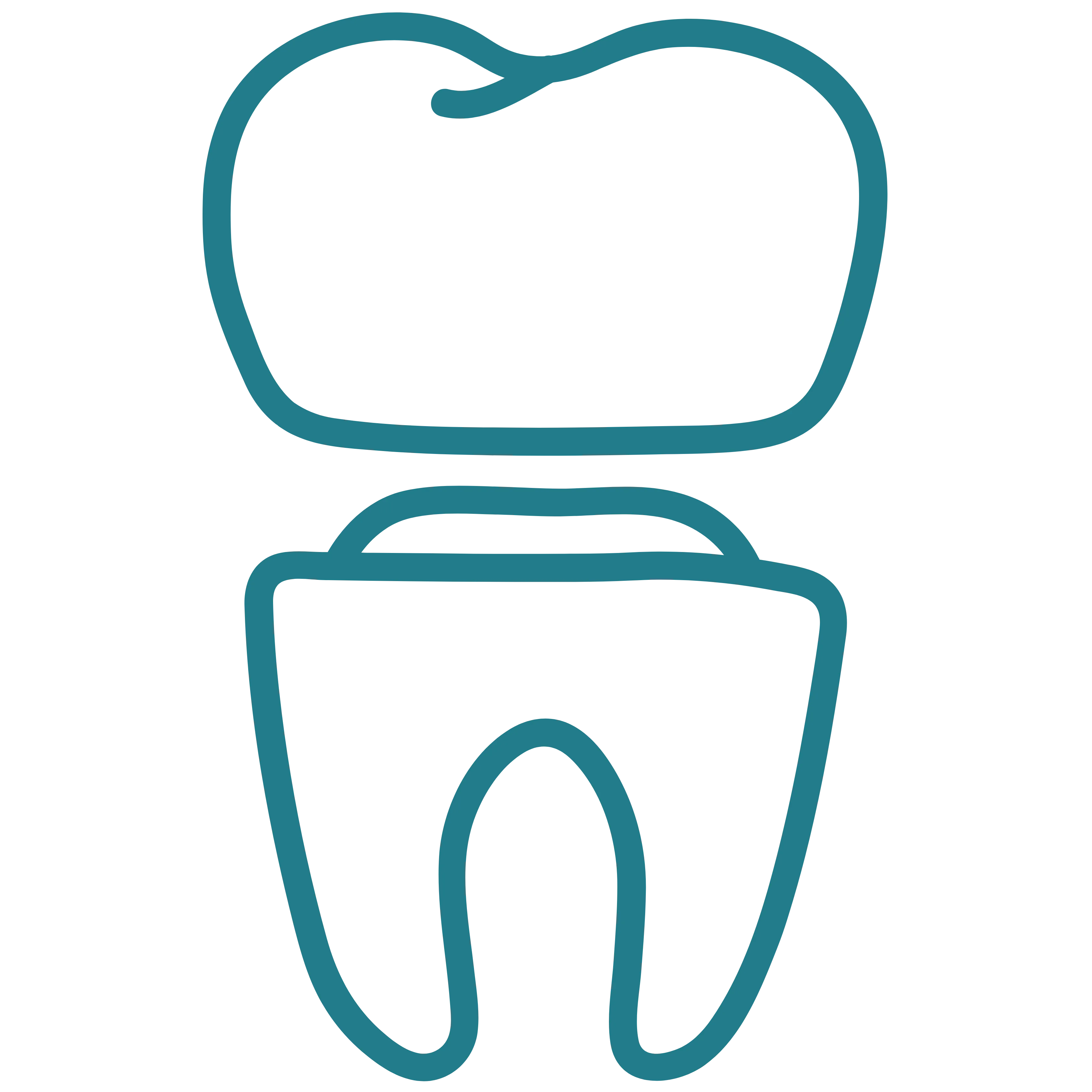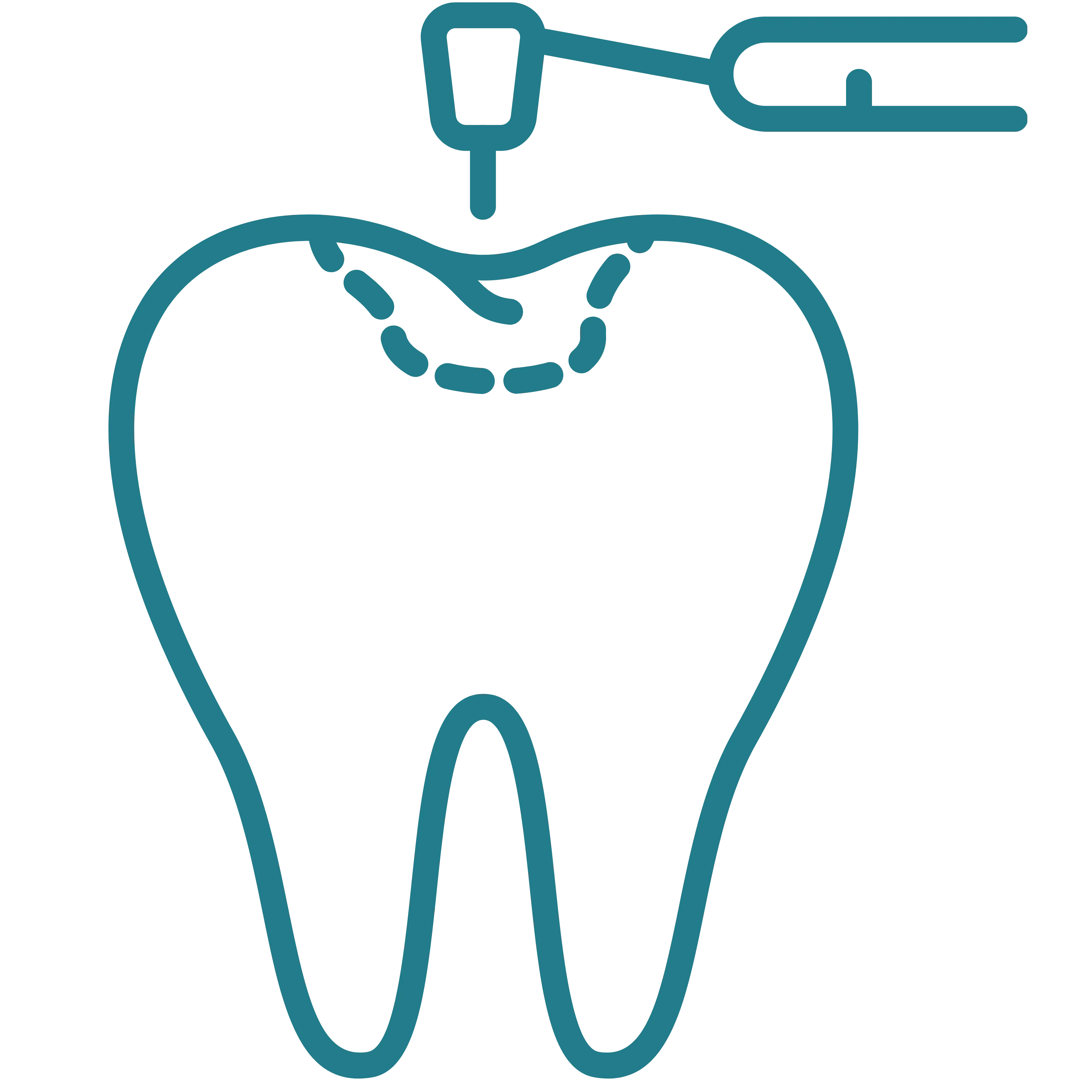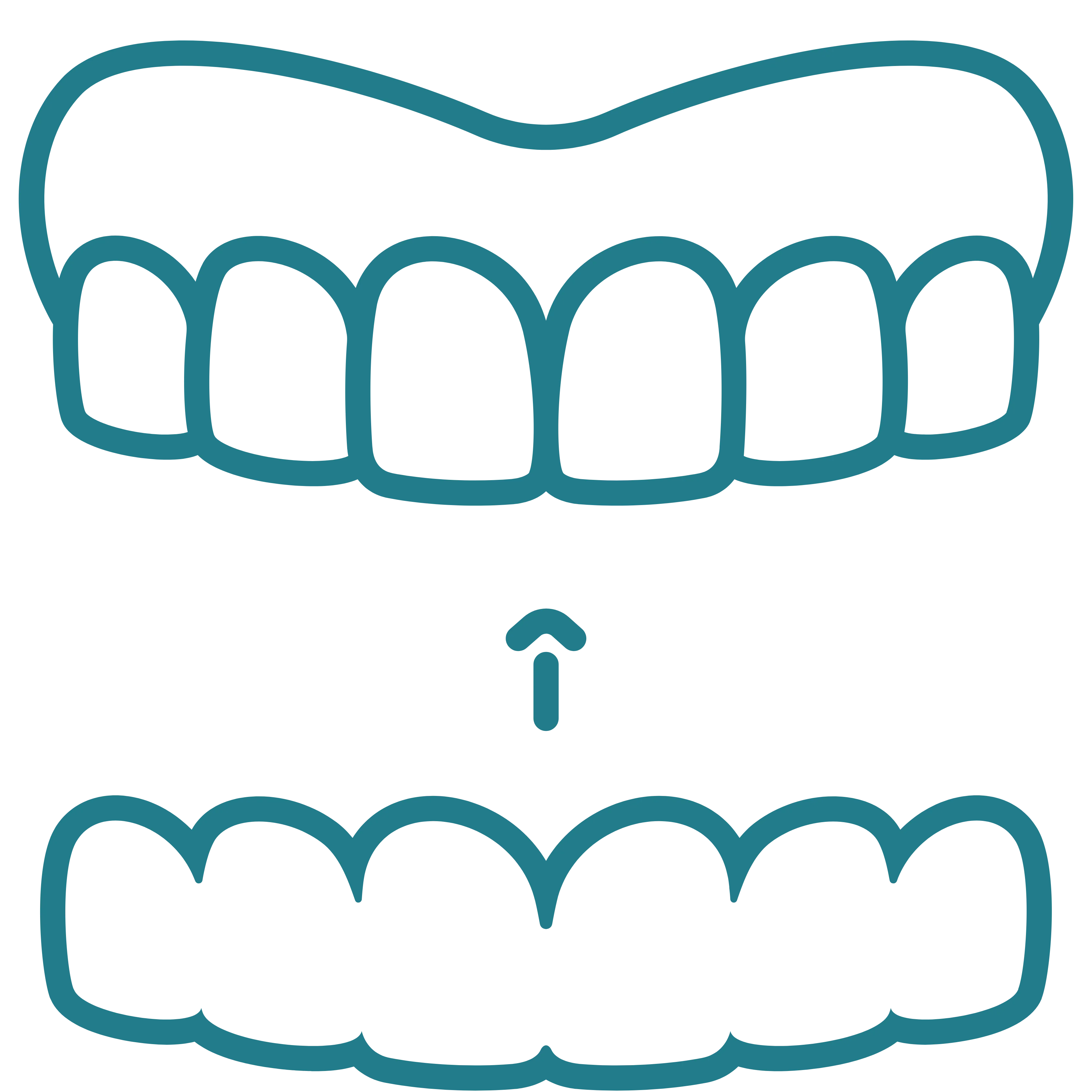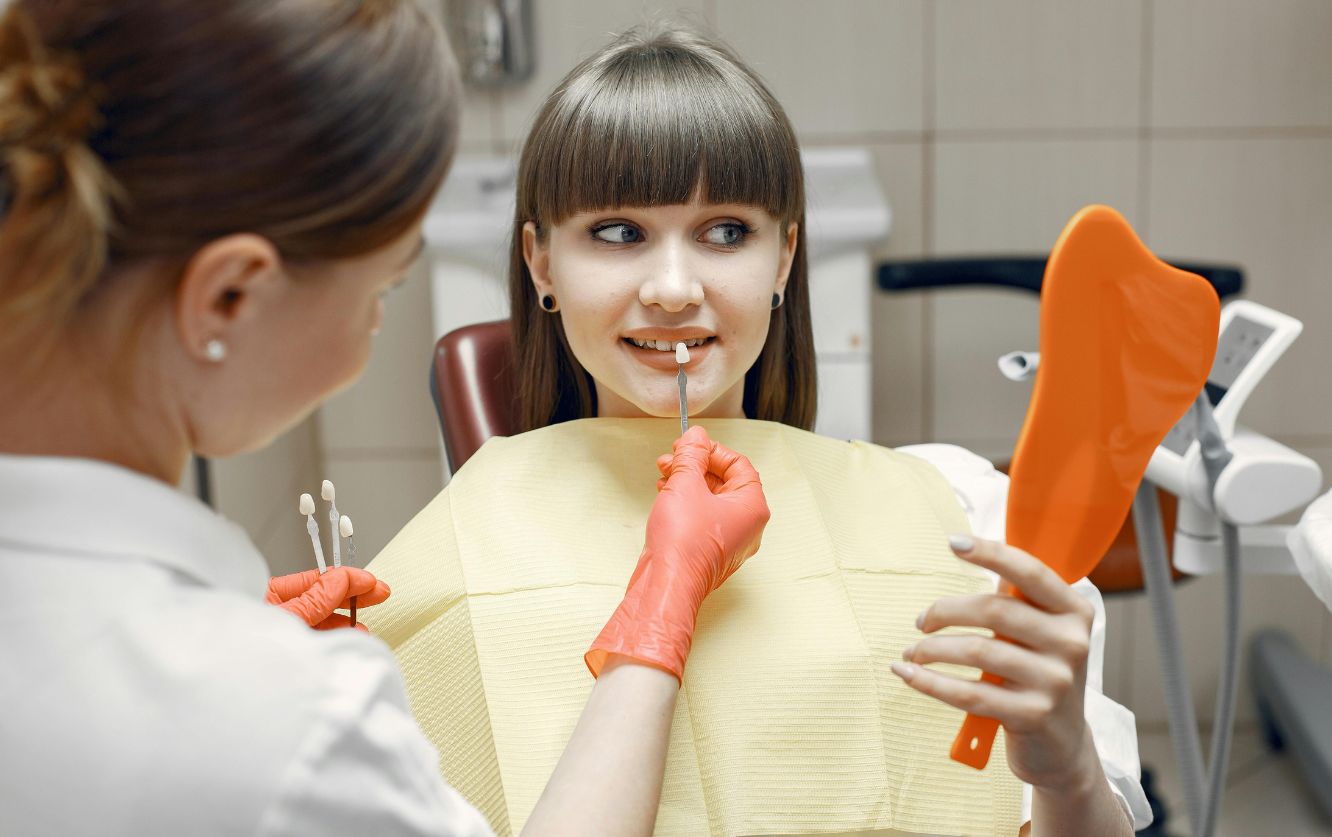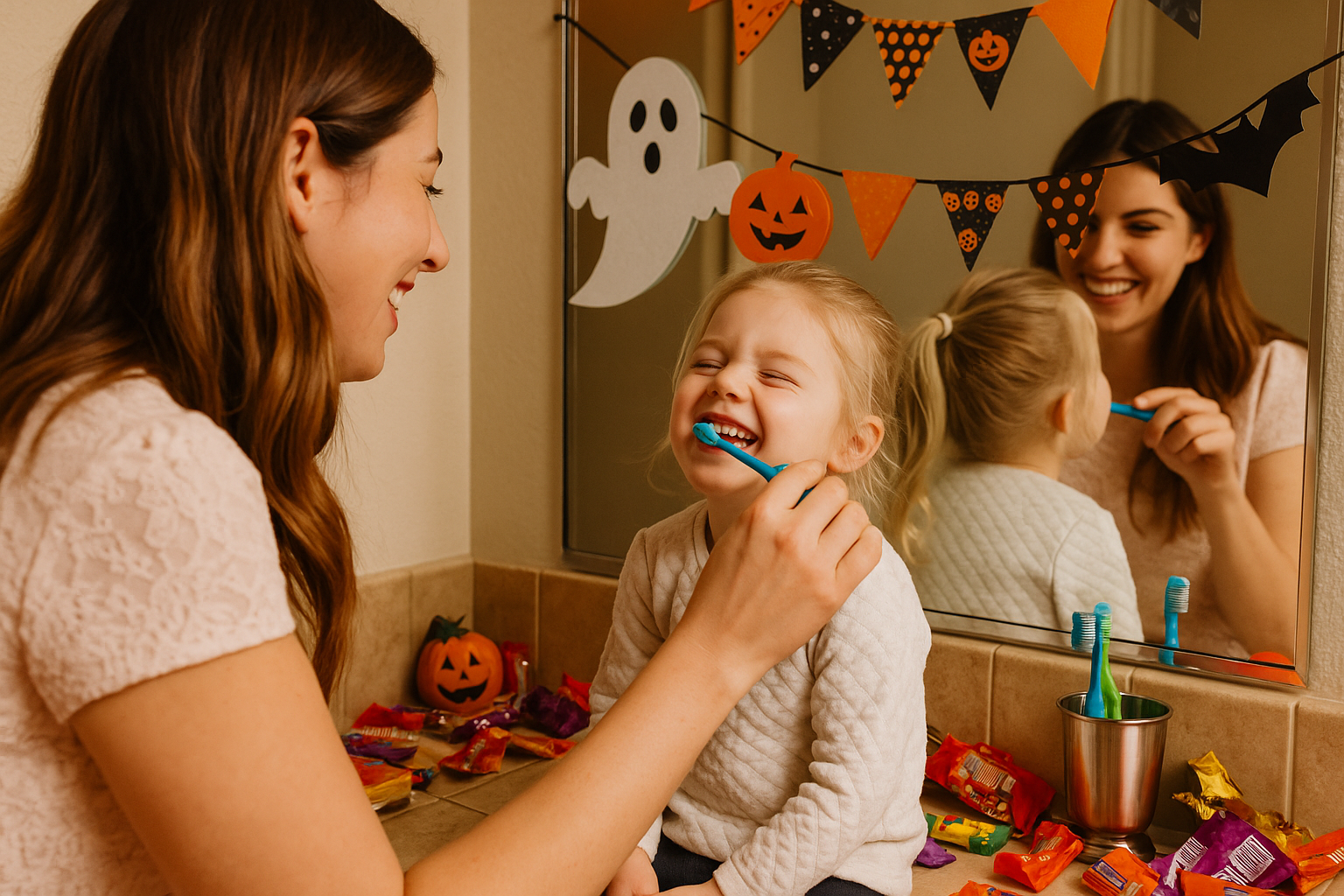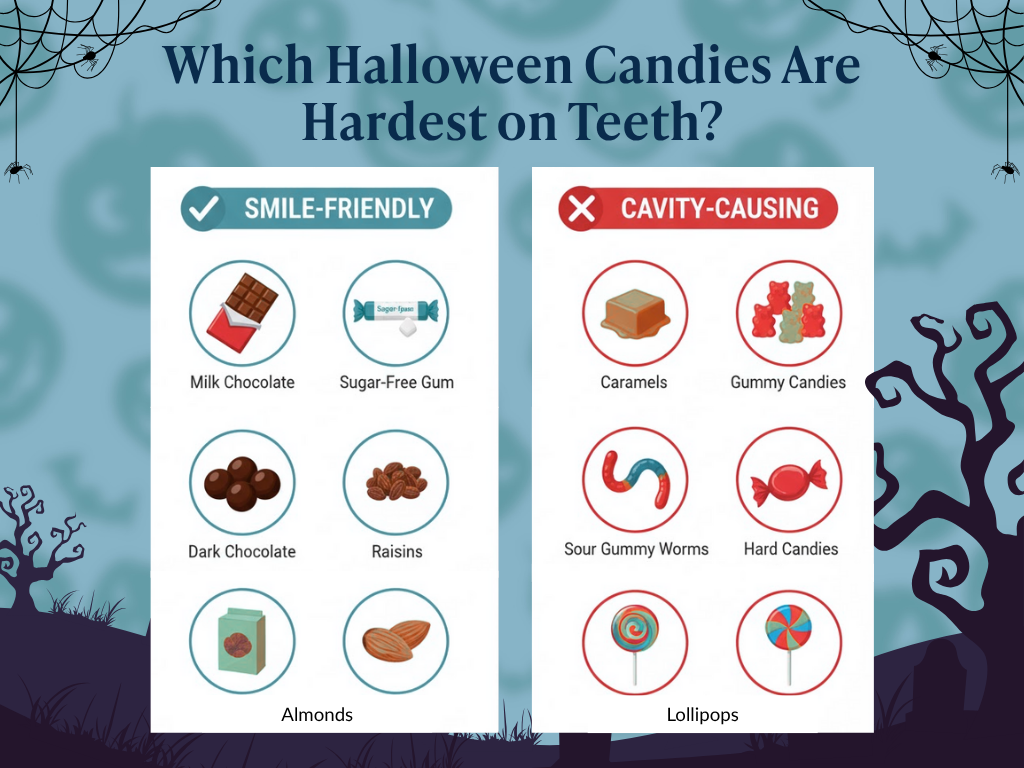When Sweet Traditions Meet Sensitive Teeth

Megan loved Halloween—not just for her kids, but for herself. Every October, her family had a tradition: carving pumpkins on the porch, roasting seeds in the oven, and sorting through heaps of trick-or-treat candy late into the night.
But this year felt different. As she unwrapped a fun-sized chocolate, she felt a sharp sting when it hit one side of her mouth. The pain was fleeting, but unmistakable. “That’s weird,” she thought, brushing it off.
By the next morning, the same dull twinge returned when she drank her coffee. She shrugged it off again, assuming she’d brushed too hard or maybe had a “sensitive day.” But weeks later—long after the candy was gone—the sensitivity was still there.
If you’ve ever had that same uneasy moment—the “uh-oh” after the sweet bite—you’re not alone. Halloween is one of the most cavity-prone times of the year, not because of the candy itself, but because of the way we eat it. The good news? You can still enjoy Halloween sweets without sacrificing your smile.
The Sticky Truth About Sweets
Most people know sugar and cavities go hand in hand. But what really causes damage isn’t the sugar itself—it’s the reaction sugar triggers in your mouth.
When you eat sweets, the bacteria that naturally live on your teeth feast on the leftover sugar. As they digest it, they release acid. That acid softens and weakens enamel—the hard, protective layer on your teeth. Over time, even tiny exposures can lead to decay, sensitivity, or small chips.
But here’s where it gets tricky: not all candies behave the same way. Some are quick hits; others cling to your teeth like glue.
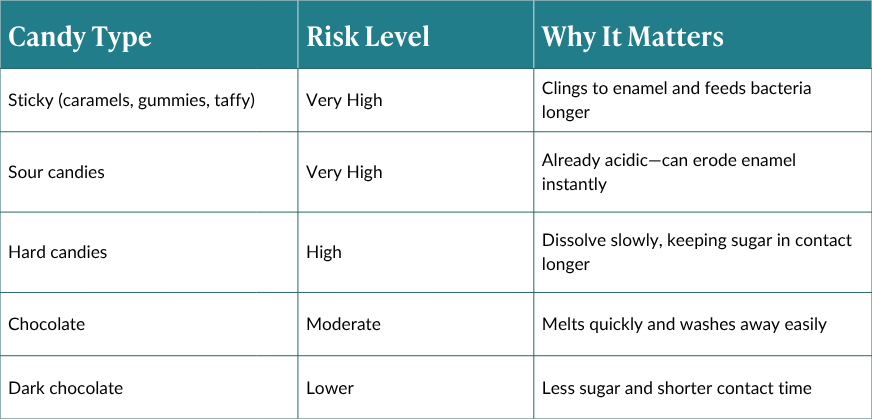
Even the way we eat candy matters. Grazing throughout the day means your teeth never get a break from acid exposure. Eating candy all at once (preferably after a meal) actually reduces the total time your enamel is under attack.

Megan’s Turning Point
By early November, Megan’s “small twinge” had turned into a deep ache every time she drank something cold. She finally booked a visit at her family dentist. During her exam, the hygienist spotted something Megan couldn’t see—tiny shadowy spots on her X-rays where enamel had thinned and decay had started between two molars.
“It’s not bad yet,” her dentist assured her, “but it’s the kind of thing we can fix easily now—or have to fix painfully later.”
A small filling and a fluoride varnish did the trick. More importantly, her dentist gave her something even more valuable: a game plan.
“Enjoy your treats,” he said, “but give your teeth a fighting chance.”
That one line stuck with her.
How to Outsmart Sugar Season
Halloween isn’t the enemy—it’s how we handle it. Here are the little tweaks that make a big difference:
1. Time It Right
Candy after meals is better than candy between them. Mealtime saliva helps rinse and neutralize acids, reducing the total damage.
2. Rinse—Even If You Can’t Brush
A quick swish of water (especially tap water with fluoride) helps wash away sugar particles before they can stick around.
3. Brush Wisely
Wait 30 minutes before brushing after sweets—especially sour candy. Brushing too soon spreads acid across softened enamel, doing more harm than good.
4. Don’t Forget Floss
Sticky candies like caramel or fruit chews often wedge between teeth where toothbrush bristles can’t reach. Floss is your best defense against “hidden” sugar.
5. Schedule Preventive Visits
Post-Halloween cleanings aren’t just for kids. Many adults see more cavities after fall holidays, when sugar and acidic drinks are at their peak.
Why Adults Are at Risk Too
Cavities aren’t just a childhood issue. Adults are often more prone to enamel wear due to coffee, wine, and even sparkling water. Combine that with a few too many leftover Halloween candies, and it’s the perfect recipe for sensitivity.
If your teeth feel “zingy” after sweets or cold drinks, it’s your body’s warning signal. Sensitivity often means enamel erosion or gum recession—both treatable if caught early. Modern dentistry offers solutions like desensitizing treatments, fluoride varnishes, and even bonding to protect exposed areas.
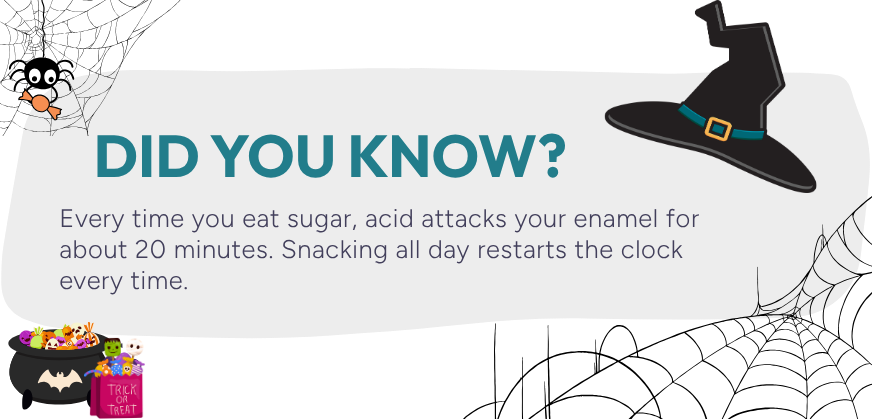
%20(5).webp)
%20(3).webp)

